ces2020
Latest

Delta's 2020 tech includes 'parallel reality' displays and a binge button
Air travel isn't always a great experience. Delays and other issues can cause extra stress for vacations and work trips. Delta is well aware of this, so it's using some high-tech solutions in an effort to improve the travel experience before you leave the house, inside the terminal and during your flight.

Razer's Kishi gamepad plugs into your phone for minimal latency
No, that's not a Razer Phone 3 in the photo, but it's a Pixel 3a XL wedged between two halves of a new Razer gamepad. Following the Junglecat, Razer chose CES to launch the Kishi controller, which plugs straight into your Android (via USB-C) or iPhone for lower latency and hence faster response. Obviously, this can be life or death in world of competitive mobile gaming, especially with cloud gaming being pitched as a growing trend in the 5G era. On a similar note, the Kishi provides passthrough charging at the bottom right side, so you wouldn't have to worry about battery life while busy shooting at enemies.
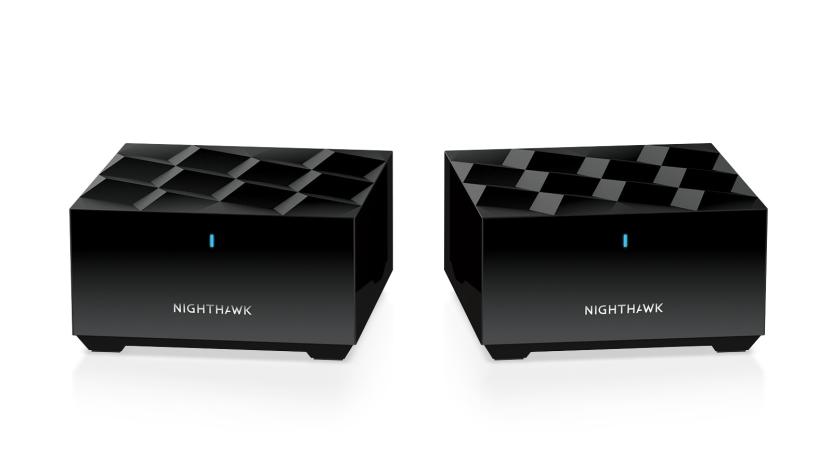
Netgear's Nighthawk WiFi 6 mesh routers aren't crazy expensive
When Netgear introduced its Orbi WiFi 6 mesh router last fall, one of the things that stood out the most was its $700 price tag. Now, Netgear is ready to unveil a more affordable option. At CES this week, it introduced the Nighthawk Mesh WiFi 6 System, a router and satellite kit that will start at $229.99.
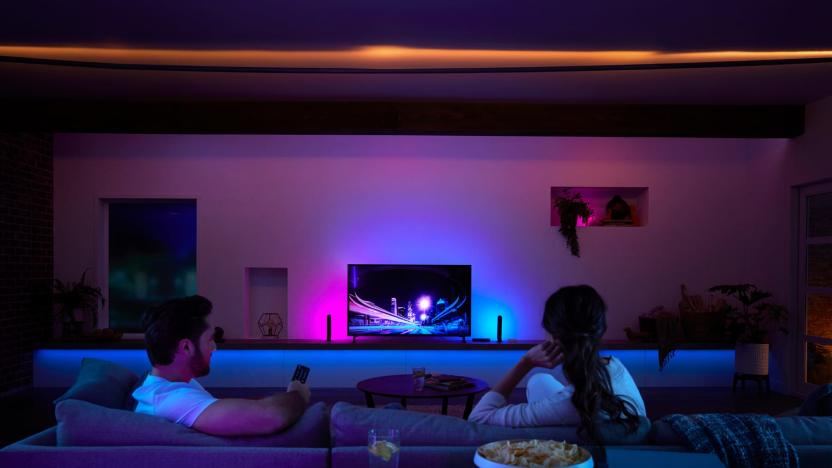
Philips is adding voice control to its Hue light and TV sync box
We cheered when Signify launched the Philips Hue Play HDMI Sync Box last September. At last, a dead-simple way to sync the company's smart lights with whatever is playing on your TV! The hardware wasn't perfect, though. It didn't have baked-in voice control, for instance, or any formal compatibility with Alexa, Siri, or the Google Assistant. For a $230 box -- and one released in 2019 -- it felt like a massive and inexcusable omission. Signify has recognized its mistake, though, and is working on a software update that will add support for all three assistants later this spring. Once it goes live, you'll be able to use your voice to turn the Sync Box on and off, change various Hue light settings and switch between HDMI devices. If you need a refresher, the svelte black slab has five HDMI slots -- one for your TV, and four for your favorite media players, game consoles and streaming boxes. The Sync Box analyzes the incoming image and then chooses the most appropriate colors and brightness settings for your smart bulbs. You can also fine-tune the experience with three different sync modes (video, music and games), a brightness slider and four intensity options (subtle, moderate, high and extreme) inside the Hue Sync app. The effect will vary, of course, depending on the number and type of Hue bulbs that you have set up. Some TV-attached lightstrips, for instance, might be more dramatic than a couple of bulbs placed behind your sofa. Don't care for voice control? No problem. Today, Signify announced that you'll soon be able to use infrared-based TV remotes to control the Sync Box. That includes basic commands -- turning the contraption on and off, and switching between different HDMI inputs -- and more complicated button inputs, provided you "teach" the Sync Box what each of them means through the Hue Sync app. Signify hopes this will make it easier to use the box everyday as part of a more complicated home theater setup.

Philips adds more garden lights to its Hue lineup
There's a bunch of new goodies for anyone looking to clad the outside of their home in Philips' Hue lights, so get excited. Unless, of course, you happened to spot these new entries when they were leaked last month, in which case you've been excited for the better part of a month already.

Skagen's Falster Wear OS watch put on bulk
Developments in the land of Wear OS may have been a little scarce of late, but that doesn't mean Google's most fanatic smartwatch partner doesn't have new products to share. Fossil Group is here at CES 2020 showing off some new devices, like the Diesel On Fadelite it announced yesterday. Today, the company is unveiling the Skagen Falster 3, a follow up to one of my favorite Wear OS watches in the past. Sadly, it doesn't live up to the high design standards set by its predecessor, but it still represents a noteworthy upgrade.

Sensel tests out its shape-shifting force sensors on smartphones
Sensel has always prided itself on the flexibility of its force sensing tech. In fact, it's the primary selling point of the Morph, the company's shapeshifting touchpad that can be a drawing tablet, a drum machine or a video editing bay. But, no matter how wide of a net the Morph cast, it's definitely a bit of a niche product. So, the next step for Sensel is to get its tech into other devices made by other companies. This week at CES, it's showing off a proof of concept that puts its Pressure Grid sensor in a phone, beneath a flexible AMOLED display made by Visionox.

OnePlus' Concept One phone offers a cure for the common camera hump
The OnePlus Concept One is a lot of things, rolled up into one. It's beautiful, clad in the same papaya-hued leather McLaren uses in some of its supercars. It's powerful... though since it's basically a gussied-up OnePlus 7T Pro, it'll probably feel less powerful once all those 2020 flagships launch. And maybe most of all, it's just sort of odd.

Here's 3D models help cars position themselves without seeing the road
Here, a Google Maps competitor owned by a consortium of German automakers, does more than just help drivers navigate from A to B. It also provides car makers with accurate mapping data and additional detail about various roads. At CES today, the company announced "Lanes," a new 3D road model that's designed to improve driver assistance systems and make driving safer in unfamiliar areas.
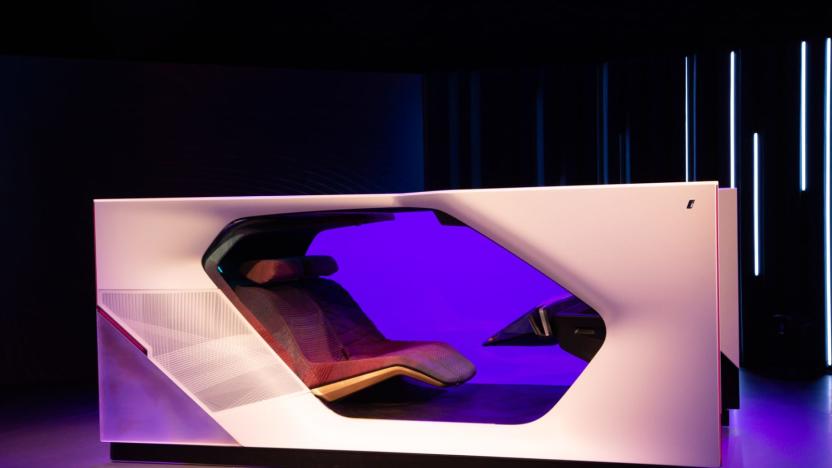
BMW shows off an AR windshield concept for the 2021 iNext
BMW thinks that we'd like to interact with our cars in a more humane way than we do today, engaging them in conversation. But that's never just using words, but with gestures, body language, and our gaze, which we use to convey meaning to one another. That's why the company is showing off the BMW i Interaction EASE, a concept windshield for self-driving cars that actually analyzes our nonverbal signals to help us get more out of traveling.
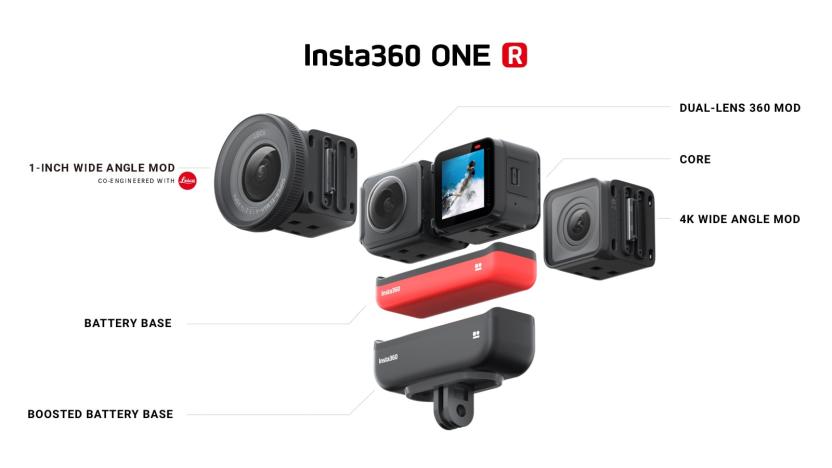
Insta360's modular action cam gets 360-degree and 'Leica' mods
Just as the few other 360 camera makers decided to focus on boosting resolution or sensor size, Insta360 took a surprisingly different route for its next flagship device. The One R announced at CES today is a modular action cam-type device, with the idea being that you can swap between a 360 camera mod and either of the two wide-angle camera mods to suit your needs. Better yet, advanced users can opt for the high-quality 5.3K 1-inch sensor mod which is co-engineered with Leica -- the first collaboration of such for Insta360.

PopSockets unveils a wireless charger that makes space for PopGrips
Thanks to a new device by PopSockets, you'll no longer have to remove your PopGrip to wirelessly charge your phone. At CES today, PopSockets unveiled its PopPower Home Charger, a wireless charging pad that looks something like a donut. PopGrips fit into the recess in the center, so they won't get in the way of charging.

CES 2020 recap: Day one
On day one at CES 2020 we got to see a lot of bleeding-edge TVs. To start with, Samsung showed off its Q950 8K TV with a minimal 15mm frame and AI processor that can track screen objects and position the sound to match. LG unveiled its latest rollable OLED TV, but rather than rolling up from the floor, it rolls down from the ceiling like a projector screen with no need for a projector. LG also revealed that it's making OLED TVs more affordable using smaller 48-inch displays. TVs weren't everything, of course. Sony also unveiled a surprise EV concept, Canon launched a supercharged DSLR and Mercedes hit us with a crazy Avatar-inspired autonomous car. For more, check out our complete CES2020 coverage.

Watch Hyundai's CES 2020 press conference in seven minutes
Hyundai made good on its promise to show off its flying car concept at CES, but its press conference demonstrated exactly how it envisages integrating such a vehicle into everyday life. In what it calls "liberation from gridlock" and the "democratization of flight," Hyundai once again pointed at Uber as a vital ally in getting its flying cars into the skies. The rideshare platform wants to launch its Uber Air initiative in 2023, and Hyundai looks like it's got the goods to help it do exactly that.

Razer embraces 5G with its Sila home router concept
Turns out, not even Razer is immune to the hype surrounding 5G right now. In addition to its tiny, modular Tomahawk desktop, the company also revealed today it's been working on a home 5G router thanks to a little help (otherwise known as "some grant money") from the Singaporean government.

Dirac claims its software can improve the sound of any headphones
The best headphones aren't perfect. In fact, I doubt that any company will ever make a set that are entirely without flaws. That's not because one of them does anything wrong per se, but mostly due to the fact that everyone's taste is different. Even when you find a set you really like, you probably wish there was a little more bass or a little less treble or you had the ability to manually tweak the EQ in a way that made a noticeable difference. Companies like Sony, Jabra, Sennbeiser and many more have apps that allow you to make adjustments, but even then, if you're like me, you still want more.

Chipolo’s $25 Bluetooth tracker doubles as a selfie trigger
At CES this week, Chipolo is announcing its latest Bluetooth tracker, which will replace both the Chipolo Classic and Chipolo Plus in its lineup. The One wireless tracker is a coin-shaped device that's designed to clip onto whatever items you need to keep hold of, and make sure you always know where they are. Should you lose them, you can get the tracker to play a sound, like the musical keyfinders of old, but cooler.

Razer built a compact modular gaming PC around Intel's new NUC
A bit earlier this week, Intel gave us an early look at its NUC 9 Extreme, the latest in a long and fascinating line of super-compact PCs. It's bigger than the NUCs (or Next Units of Computing) we've seen in the past, but that extra size means this is the first NUC to play nice with unlocked Core i9 CPUs and full-sized graphics cards. As it happens, that sort of performance and flexibility was enough to catch Razer's eye, leading it to build a tiny, modular gaming PC built around Intel's latest high-powered Compute Element. Say hello to the Tomahawk.
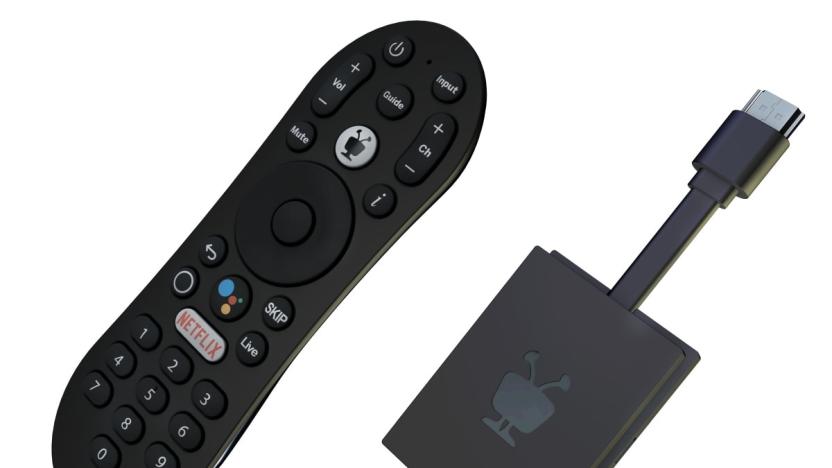
TiVo's $50 Stream 4K dongle takes aim at cord-cutters in April
The name TiVo is going to apply to more than just cable-ready DVRs, as the company has confirmed rumors that it's working on a $50 dongle aimed at cord-cutters. It's also planning on selling the device via providers who want something to offer their internet-only customers, and don't have the ability to build a custom unit like Comcast's streaming box. While the TiVo Stream 4K keeps some of the grid-based UI that you'd expect from a DVR, the Android-powered unit focuses on TiVo's ability to present and sort information from multiple sources.

Watch Sony's CES 2020 press conference in nine minutes
Sony made a leftfield announcement at CES today -- it's made a car. With help from Bosch, NVIDIA and Qualcomm the company has created its first prototype vehicle under its Vision-S initiative -- pipping the likes of Google and Apple, which have been talking about doing something similar, to the post. It is, predictably, loaded with sensors and other Sony tech.











